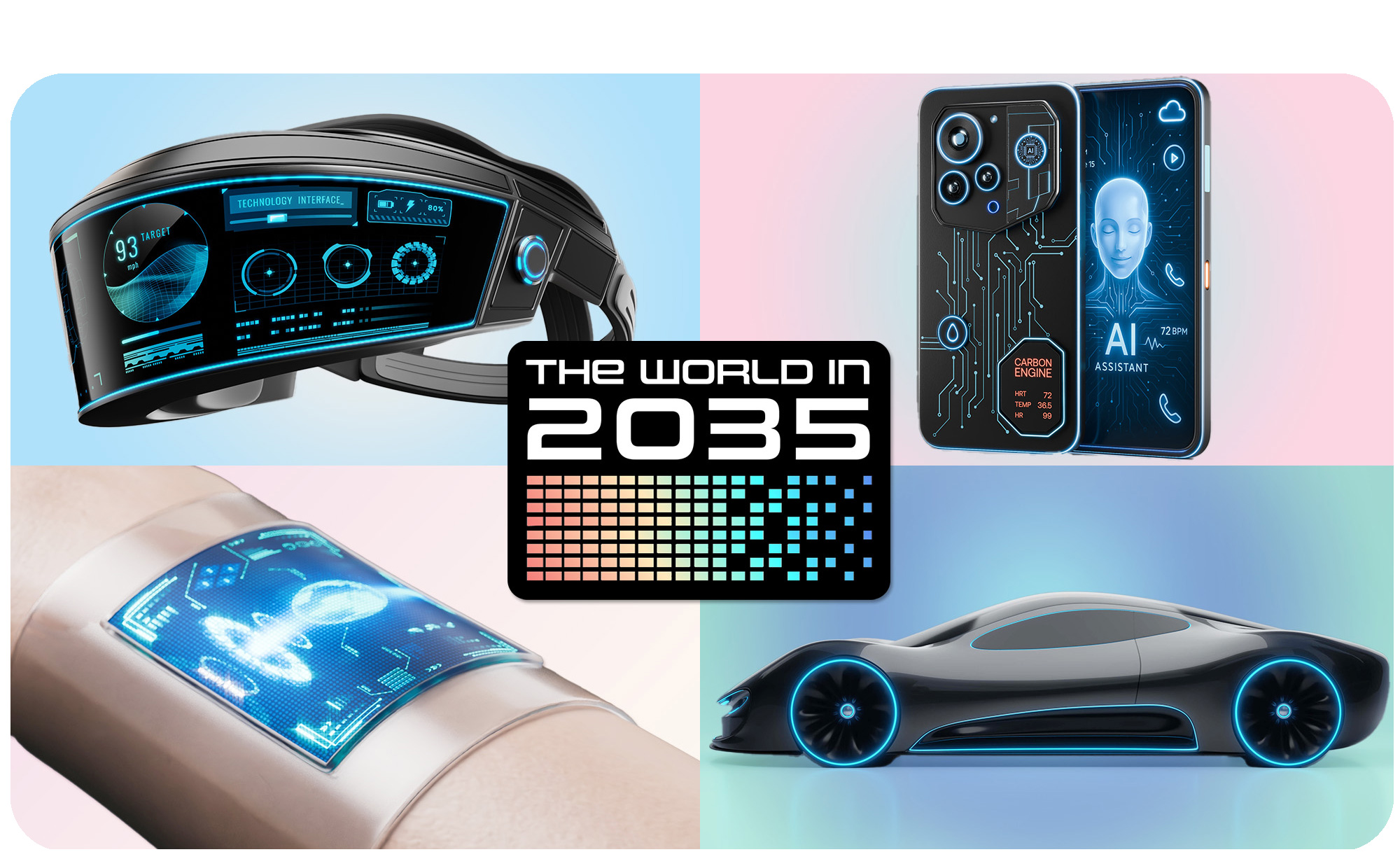Forget "I, Robot" — here's what your home robot will actually be like by 2035
Will home robots save you time or just make a mess?

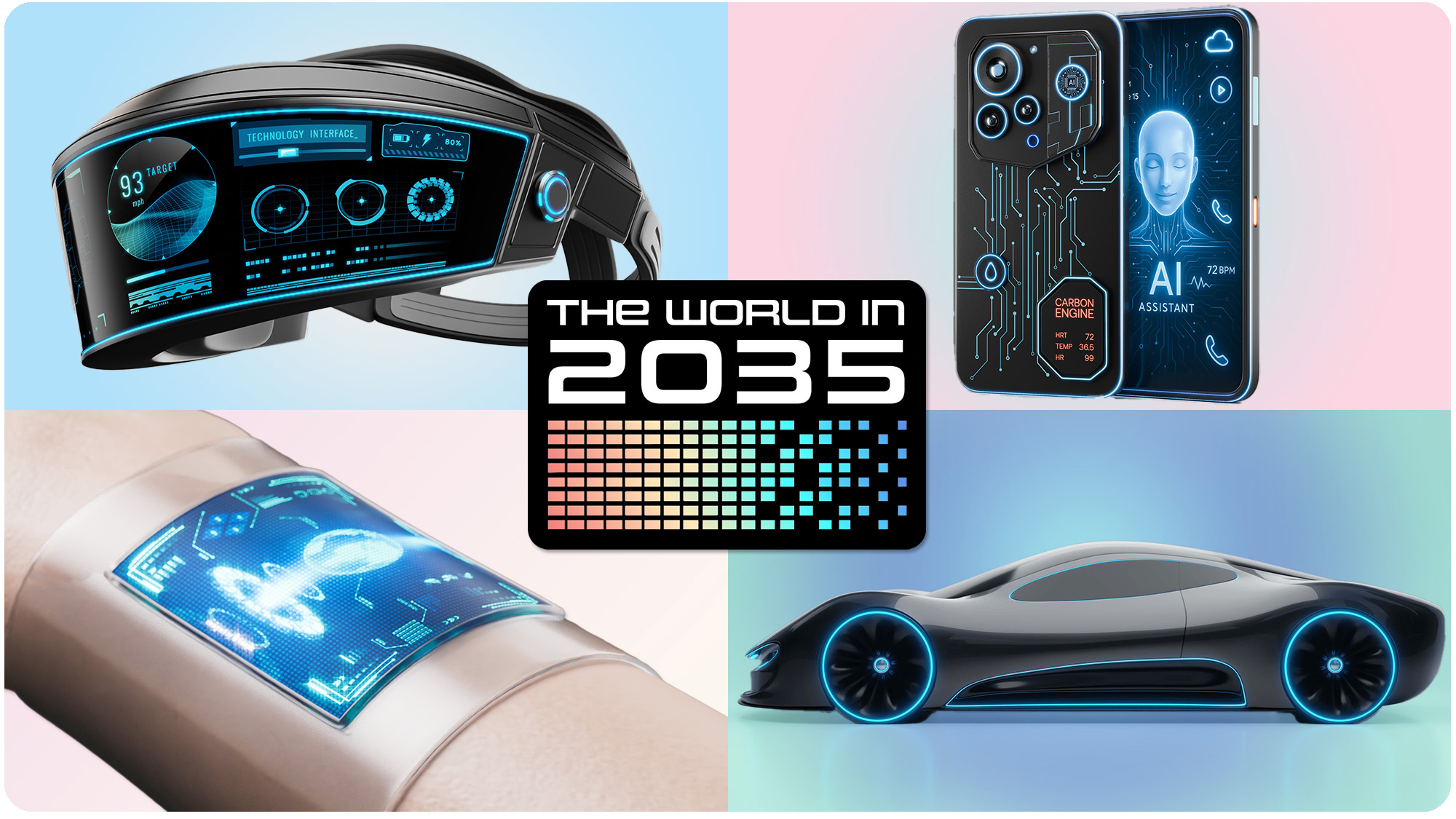
AI | Smart Glasses | Wearable Tech
Smartphones | iPhones | Robots | Cars | TVs
In the movie “I, Robot” — which, coincidentally, takes place in 2035 — humanoid robots are ubiquitous, assisting people with every facet of daily life, from walking their dogs to making them breakfast to tucking them in at night. That is, until a malevolent AI overrides their programming to try and take over the world.
In China, humanoid robots are now playing soccer matches against each other, and in early August, a store selling nothing but robots — including one that looks like Albert Einstein — just opened.
Over in the U.S., Elon Musk told Tesla investors that he thinks the company will produce a million Optimus robots by 2030.
Are Isaac Asimov’s predictions eerily prescient? Will things be more benign? Or will the future of home robotics be somewhere in between? A number of companies already have prototypes of humanoid robots that can walk, jump and more, so it’s only a matter of time before they’re in all our homes, right?
Maybe one day. However, the near future of home robotics — even ten years from now — is likely to be a lot more practical than exciting. And, there are a number of hurdles they’ll need to overcome to be as pervasive as in science fiction.
So, what will home robots look like in 2035? And what will it take to get one in every house?

At-home helpers (especially for grandma)
“I personally believe that in 10 years, [in-home robots are] probably not going to be humanoids and that they're probably going to be focused on helping caregivers,” Steve Cousins, the executive director of the Stanford Robotics Center, said.
Previous to his stint at Stanford, Cousins was the founder and CEO of Relay Robotics, which developed an autonomous delivery robot, and CEO of Willow Garage, a robotics and research lab that lasted from 2006 to 2014.
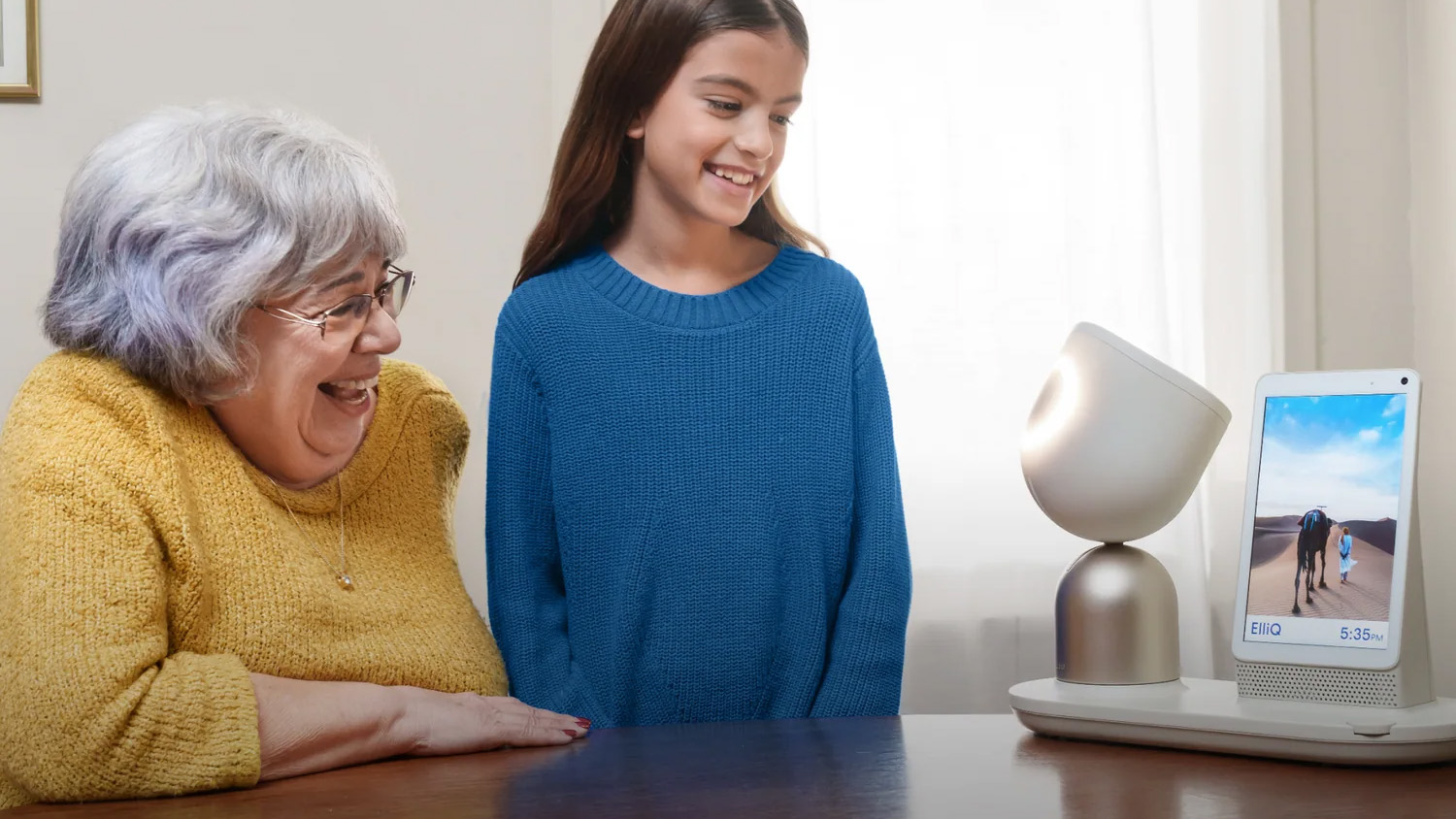
“When you think about aging, there's a market that's growing fast and, you know, we need help,” Cousins said. “In the U.S., at least the baby boomers have a lot of money, and so it's a real market.”
By the year 2035, the U.S. population will reach a new milestone: For the first time ever, people over the age of 65 will outnumber people under the age of 18, according to the U.S. Census Bureau.
Similar trends are already occurring in other developed nations, such as Japan and in Western Europe, which will put a tremendous strain on the healthcare system. But, this is where robots can step in.
“I personally believe that in 10 years, [in-home robots are] probably not going to be humanoids and that they're probably going to be focused on helping caregivers.”
— Steve Cousins, Executive Director, Stanford Robotics Center
One company that already has robots in the field is ElliQ, a small desktop device that looks somewhat like an oversized coffee mug turned upside down. Designed to help elderly individuals with loneliness, ElliQ’s “head” lights up and turns in the direction of the person who’s speaking — or who’s speaking to it.
The device, which costs $50 per month, has been out for a couple of years; New York State gave out 900 of them two years ago as part of a pilot program, which continues to this day.
“The surgeon general announced [loneliness] to be actually the largest epidemic in the US and the root cause of huge medical costs,” said Dor Skuler, CEO and Co-Founder of Intuition Robotics, which makes the ElliQ. “The worst thing we [do to] prisoners is isolation. It's solitary confinement, and we end up actually sending our parents and the people we love more than anything into that state, and not because we want to, but that's just how life is very, very often, especially after the loss of the spouse.”
Using AI, the ElliQ engages with a person throughout the day, asking them about themselves, reminding them to take medication, and keep them engaged.
“We had our tons of studies now that came out for the state of New York and medical journals and so on showing over 90% of people living with the ElliQ are seeing their loneliness reduced,” Skuler said. “But we're also saying their health KPI is up, their hospitalization stays go down, the medication adherents go up.”
“When we started, we were just looking at pure companionship and loneliness. But you find out is once you're in that position of trust and high engagement, then you're in a position to influence a lot more than just this sense of loneliness.”

Robots: Personality goes a long way
Apart from its physical design, if a robot is going to be living inside your home, it has to be considered a part of the family. But how do you build up that acceptance?
“We knew that a device that moves autonomously around the house needed to be trustworthy and likeable,” Anthony Robson, Senior Manager of Product Development, Robotics for Amazon, said. Over the past few years, his team has been working on the Astro, Amazon’s first home robot.
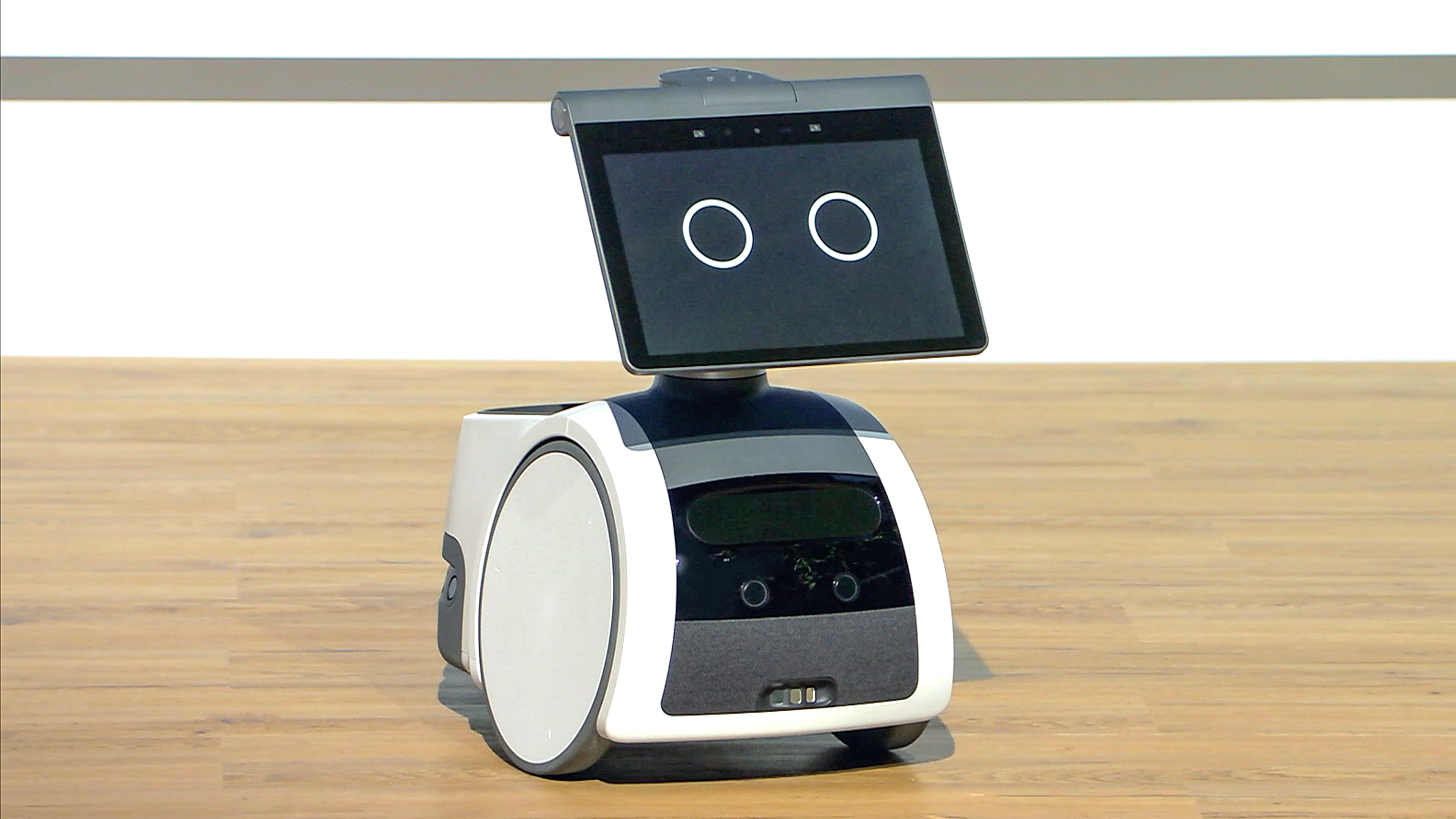
The Astro is a small wheeled device with a tablet for a face, and a telescoping pole with a camera on the end that extends up about three feet. The Astro was unveiled in 2021, and is currently available as an invite-only product for $1,599. It’s been getting generally positive reviews from those who own one.
”We worked hard to design Astro’s personality and character traits with that in mind,” Robson said. “What we didn’t expect was how endearing customers would find it when Astro comes and hangs out with them, and how quickly they would think of it as another member of the family. It speaks to how robots in the home that are around us need to be good companions, respecting our space yet being helpful when needed, and being approachable while doing it.”
Skuler thinks that home robotics companies are focusing on the wrong things.
“It’s always interesting to me to see companies that approach me and ask for advice,” Skuler said. “They're all working on the really hard computer science questions. Like, how do I navigate? How do I go upstairs? How do I open a cabinet? How do I take a carton of milk out of the fridge without, you know, wrecking it? But they don't really think of the human interaction in the relationship, especially when it's in the home.”
“Granted, [ElliQ] can't make you a cup of coffee. She's stationary and doesn't do anything beyond talking to you. But I think we've discovered some really, really interesting things. People build an actual relationship with their ElliQ. They see her as a friend, they call her a friend.”
“But more importantly, the project onto her things like trust. We accept her recommendations. And because it's proactive, they follow her recommendations, which is crazy when you think about it. We're talking about people in their 80s and 90s that have never lived with technology.”

Reliability still needs work
A big part of engendering that trust in robots is being reliable. The more a home robot is part of your home, the greater the expectations it has to meet.
Earlier this year, Mobile ALOHA, a semi-autonomous robot made by Stanford engineers, was able to saute shrimp and perform some other household chores, such as cleaning and putting away dishes, after being trained by humans, who first performed the task a number of times.
Cousins says it’s a good start, but noted that the robot only had about a 70 percent success rate — and made a huge mess in the kitchen in the process. In order to gain acceptance, home robots will need to be as reliable as any other appliance - if not more.
“If you say, hey, I've got this car, 70% of the time it'll get you to work. Forget it, right? I'll just walk,” Cousins said. “70% doesn't work, 90% doesn't work, right? 95%, even 99% means every three months you have a breakdown on the way to work.”

The promise — and peril — of humanoid robots
There’a a reason why humanoid robots, from Figure to 1X Elon Musk’s Optimus capture the headlines (and funding — around $1.6 billion last year). First, there’s the sci-fi aspect. From C-3PO to "The Jetsons" Rosie, some of the most iconic robots have approximated what real live people look like.
But, on a more practical level, a humanoid robot can best adapt to how our homes are laid out: They don’t have a huge footprint, they can reach things on high shelves, and they can go up and down stairs.
In theory.
“What's in common between old people and humanoid robots? They fall down a lot, they break easily, and they're very expensive to fix,” Cousins said.
To this point, outside of industrial environments, humanoid robots have yet to really be tested in the real world, and it’s going to take a lot of baby steps to get there. Given that robot vacuums only recently learned to navigate around pet poop, it’s probably going to take a lot longer for a humanoid robot to surmount one step, let alone a dozen.
The footage of the Chinese robots playing soccer was definitely impressive, but a number of them had to be carted off the field in stretchers after toppling over. And, unless you can guarantee that would never happen in a home, it creates a potentially dangerous situation.
“I worry about a six-foot-high humanoid falling on grandma,” Cousins said. “But I'm terrified of the six foot high humanoid walking up the stairs and the power goes out on it, and it comes down the stairs and takes Grandma out.”
"We should build more R2-D2s and less C-3POs."
— Dor Skuler, CEO and Co-Founder of Intuition Robotics
ElliQ’s Skuler says that he purposely avoided building something that looked like a human. “Studies show that if you have eyes, people will, you know, will build a stronger relationship with them,” he said. “But it's also super creepy. It's super dystopian. And like that's the line between human or unhuman, especially when you add deep fakes and the voice and, you know, soon you'll have like exo skin or whatever. It's like, why? Why would we ever want to build a machine or create technology that can learn to blur the lines between what's real and what's manufactured? Like, why is that a good thing for us as humans?”
“I just think developers are like in love with your science fiction, and are worried they won't be successful in building affinity and sentiment. So they take this shortcut.
“I would say, look at Star Wars,” Skuler said. “Who's more lovable? Artoo or C-3PO? One looks like a robot has two colored lights and can only beep, and it's super lovable, and C-3PO, you know, is like a stuck up, an entity that's hard to help to and build a friendship with. We should build more R2-D2s and less C-3POs.”

How much are you going to pay?
“Today, there’s a notable gap between the components that go into toy robots and those that enable industrial robots,” Robson said. “We need that gap to be filled with optimized solutions that can be mass produced with reliability and performance that are suitable for consumer products at scale.”
While humanoid robots may eventually become more present, the more likely scenario is that homes will have a number of cheap robots, each assigned to a specific task, rather than a single, expensive robot that can do everything. Why do you need a $20,000 humanoid Rosie that will push around a vacuum, when we already have a $200 robot vacuum that already does a pretty good job?"
Looking at that Chinese store that started selling robots, the cheapest robot on sale comes in at a whopping $287,000.
“Realistically, in the course of 10 years, [robots] are going to be like the cost of another car, and you're going to have to have a reason to justify why you're going to buy this additional thing,” Cousins said. “You know, like, look, there's almost self- driving on my Tesla, right? It's only $100 a month, but I don't pay for it because it doesn't let me actually read a book while I'm going to work. I have to supervise it.”
As with any industry, the cost of building robots will drop as production increases, but will there be enough 10 years from now as to be economically approachable for the average consumer? It's definitely possible, but tricky.
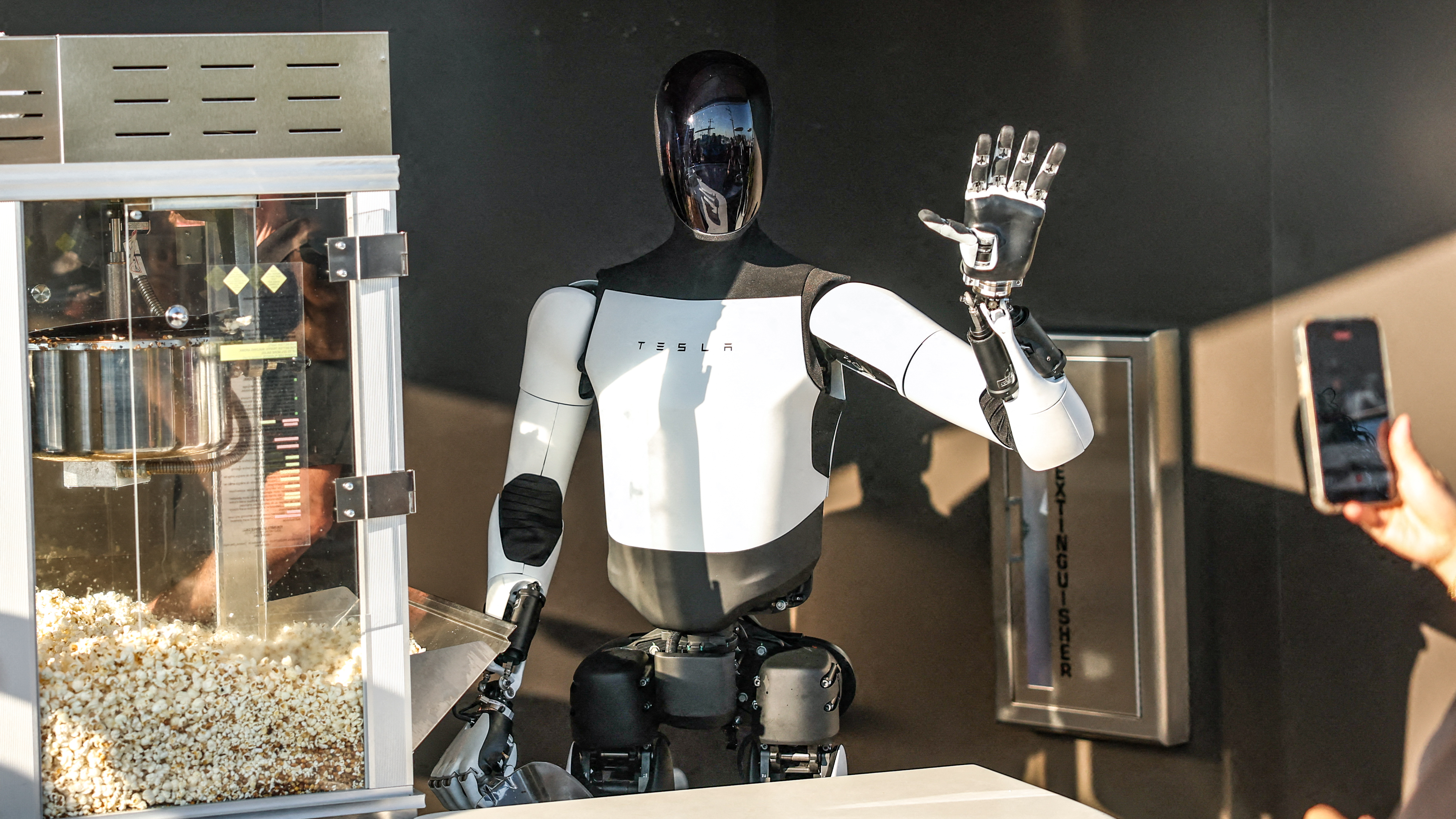
Let's take Musk's claim of a million robots a year by 2030. If we look at Tesla's production numbers, it took a little over a decade from the time the company started making cars until the point at which it was making more than a million a year. And, making a self-balancing robot with AI is a helluva lot harder than building a car, even if it is electric.
But even then, will consumers feel the need to spend the equivalent of another car payment for a convenience?
“If it crosses the threshold where I don't have to pay attention, now you've given me back an hour a day," Cousins said. "OK maybe I'll pay $100 a month, but it's still kind of a question, right? It's not that hard for me to drive myself to work. It's the same thing with the home. It's like, yeah, it'd be nice if it's free, but I'm not going to pay $40,000 for it.”

The future of robots in your home
Fear not: a decade from now, your in-home robot isn’t going to suddenly stop folding your clothes and try to murder you in your sleep. That’s because you’re unlikely to actually own a robot that can actually walk around your house doing your chores, much less go on a homicidal spree.
Not only are these robots unlikely to be ready for mass home adoption, but if they are, they’ll be too expensive for the average homeowner to afford. And, even if you could foot the bill for one, would you actually want one?
Yes, more tasks will be automated. We already have robots that vacuum and mop, robots that mow your lawn, and robots that fold your laundry — and they’ll continue to go about their business. We’ll most likely have refrigerators that can re-order things for us, too. But how many other in-home tasks are there that would require a full-time robotic nanny?
Regardless of the shape or physical design of in-home robots, they’re likely to know a lot more about you, so that they can better anticipate your needs. Which is a creepiness of a whole other sort.


Michael A. Prospero is the U.S. Editor-in-Chief for Tom’s Guide. He oversees all evergreen content and oversees the Homes, Smart Home, and Fitness/Wearables categories for the site. In his spare time, he also tests out the latest drones, electric scooters, and smart home gadgets, such as video doorbells. Before his tenure at Tom's Guide, he was the Reviews Editor for Laptop Magazine, a reporter at Fast Company, the Times of Trenton, and, many eons back, an intern at George magazine. He received his undergraduate degree from Boston College, where he worked on the campus newspaper The Heights, and then attended the Columbia University school of Journalism. When he’s not testing out the latest running watch, electric scooter, or skiing or training for a marathon, he’s probably using the latest sous vide machine, smoker, or pizza oven, to the delight — or chagrin — of his family.
You must confirm your public display name before commenting
Please logout and then login again, you will then be prompted to enter your display name.
